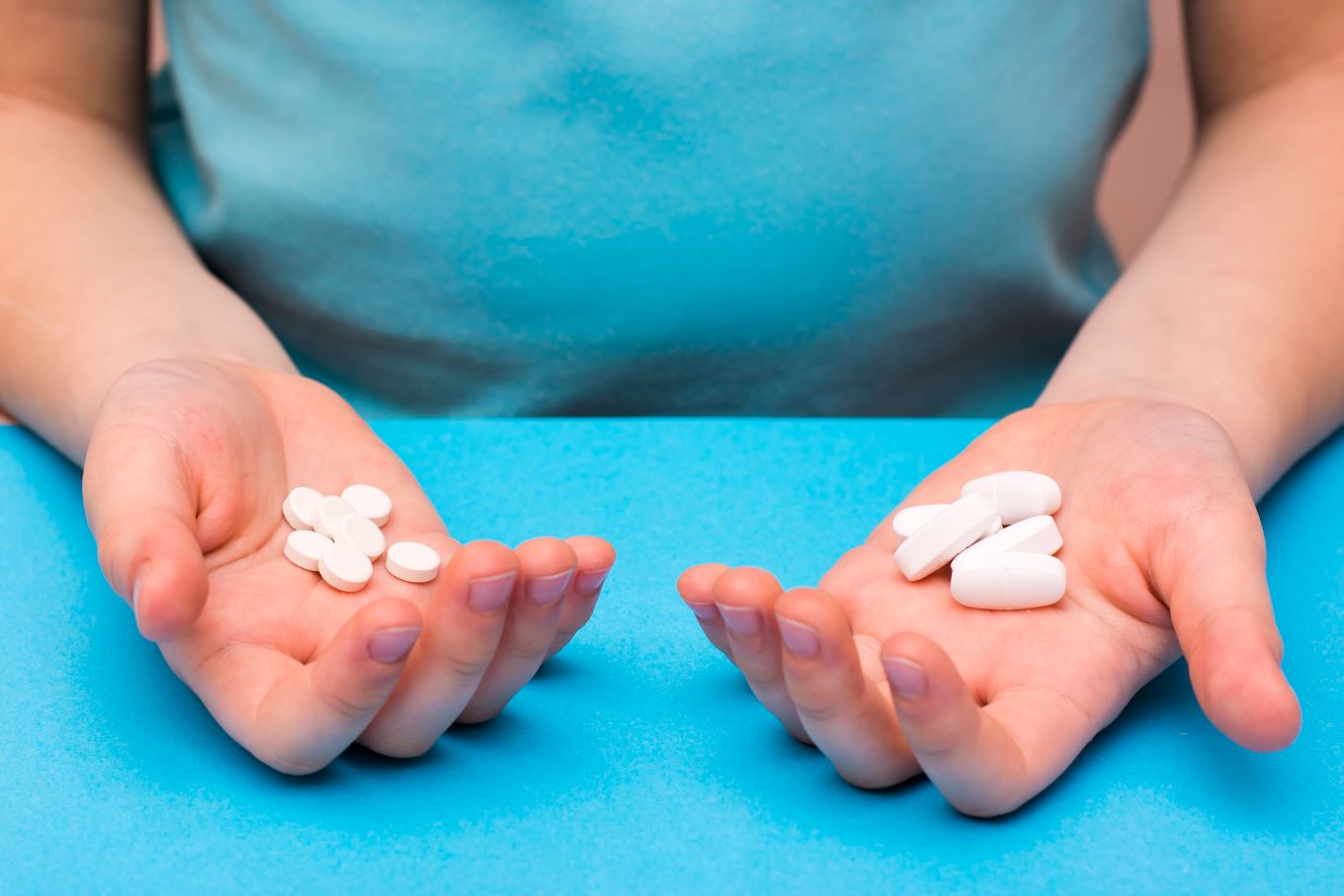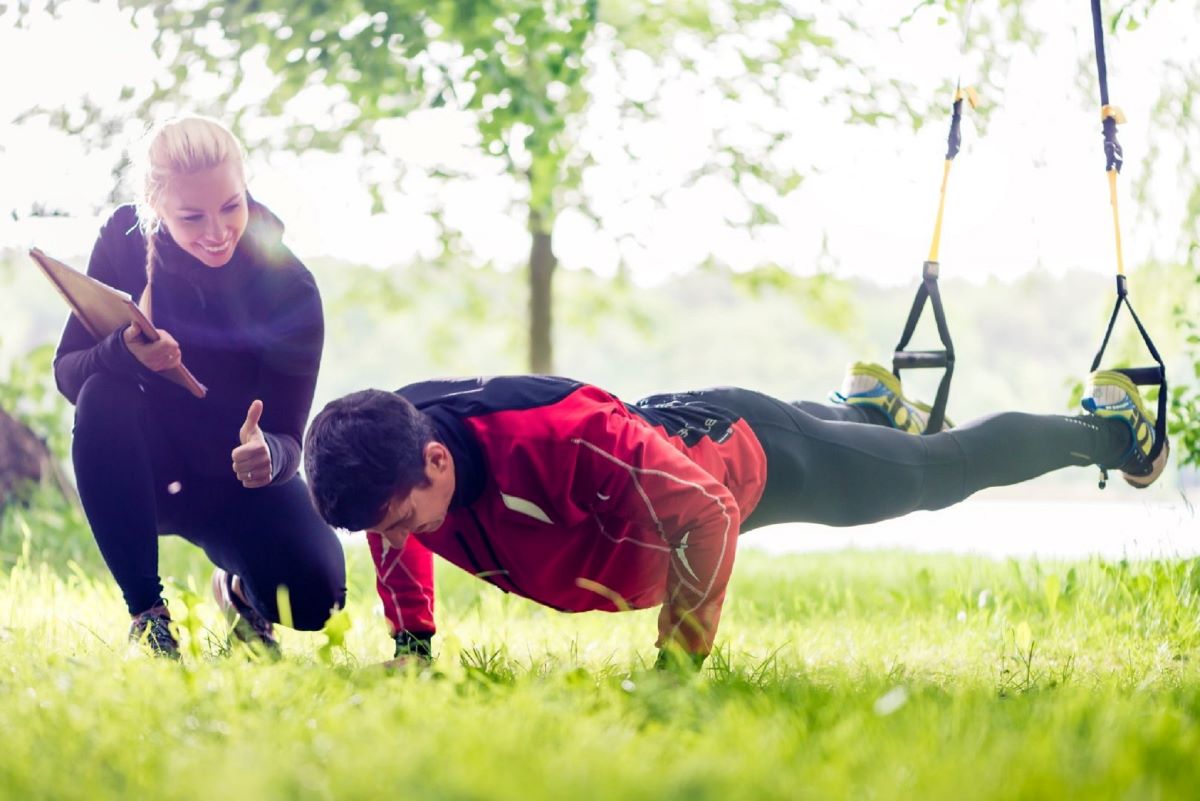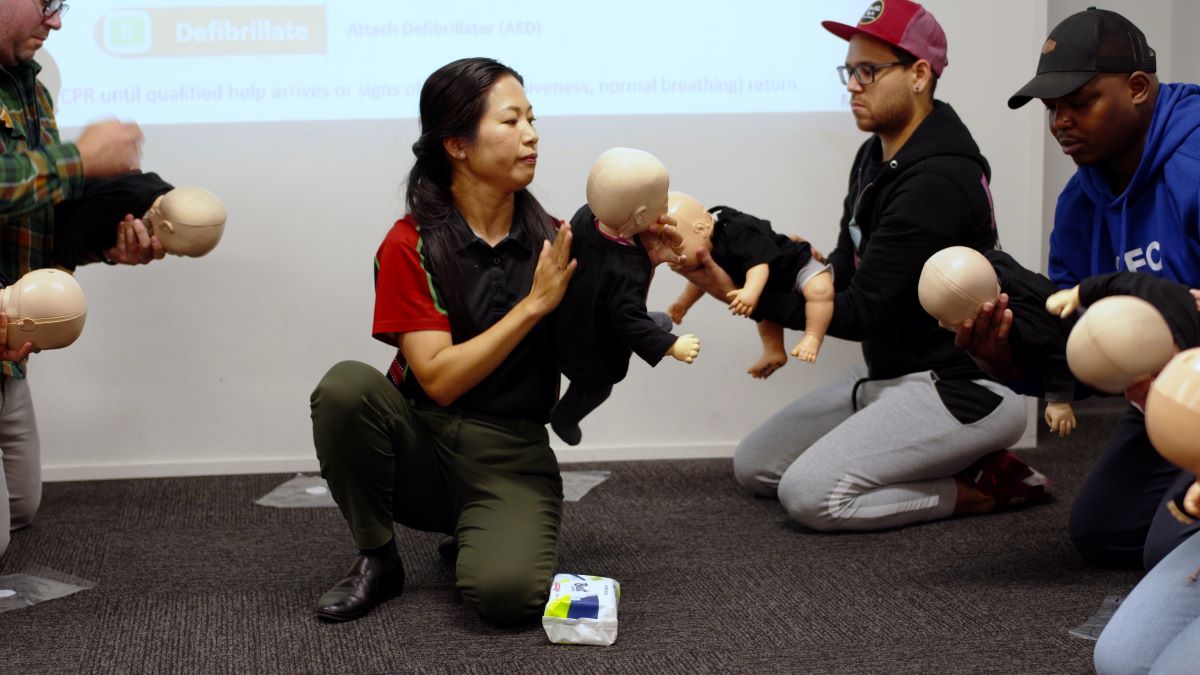Knowing the right actions to take in the aftermath of a road accident can make the difference between permanent disability and full recovery.
Road Safety in Australia
Many Australians are involved in road collisions every year. The Department of Infrastructure and Regional Development data shows that there were over 1205 road fatalities in Australia in 2015. These numbers significantly increased the following year by nearly 8%.
The most common cause of road accidents resulting in serious harm is fatigue, speed, use of alcohol or drugs, and distraction (including the use of mobile phones). To avoid these accidents, road safety should be followed at all times.
Following the road safety rules and guidelines help ensure the safety of everyone – the operator of the vehicle, the passengers, and the pedestrians. The most obvious reason why road safety should be strictly followed is because there are many lives at stake when you are on the road.
Although most people are aware of the first aid steps to take following a road accident, we have found that many may feel overwhelmed in thinking of the best course of action.
Therefore, it is necessary to have more bystanders in the population ready to give at least basic first aid. Many fatalities and the impact of injuries can be prevented if casualties are given first aid treatment immediately.
First Aid for Road Accidents
If you are involved in a car accident or have seen one, there are things you can do to protect yourself and others from serious injuries. Here are first-aid steps to follow after a road incident.
Protect the scene
Never drive away from the scene of the accident, even for minor ones. Keep your flashers on or set up flares to prevent further accidents. If it is dark and the lights are not working, use a flashlight from your phone to alert and seek help from passersby.
Assess the person
Once the area is deemed safe, approach the casualties first and ensure everyone is okay. Call triple zero (000) if anyone suffers from severe bleeding and serious injuries.
Check for consciousness
Check the pulse to see if the person is breathing normally. Check their pulse and keep talking to keep them conscious until medical help arrives.
Ask questions such as their name, the time of the accident, etc. If the person does not reply, assume that they are in an unconscious state.
Stop any bleeding
Excessive bleeding coming from the head or mouth could be a sign that a person is in danger. If you have a first aid kit in the car, use a dressing or bandage to stop the bleeding. Alternatively, you can use a clean piece of clothing and apply it with pressure on the wound site.
Perform CPR
Check their circulation on whether or not their pulse is working. Depending on the person’s condition, you may perform bystander CPR or in combination with rescue breathing.
To learn the proper CPR process, enrol in first aid or CPR training course.
Tips on Avoiding Road Accidents
Take a moment to review these tips to help you avoid accidents while on the road.
- Be careful on wet roads.
- Take breaks on long trips.
- Follow appropriate speed limits.
- Wear seatbelts at all times.
- Avoid drunken driving.
- Use helmets for two-wheeler drivers.
- Improve visibility, appropriate headlights, and road lighting.
For more road safety tips, go here.
Conclusion
Being prepared and knowing what to do after a road accident can reduce injuries, prevent serious damages, and save lives.
Do not let a bad situation turn out worse. It is easier to remain calm and take action after an accident when you’ve come fully prepared. Learn first aid and protect yourself and others from injuries during and after a road accident.
Interested in a first aid course? Visit our page or contact us at courses@firstaidpro.com.au.







